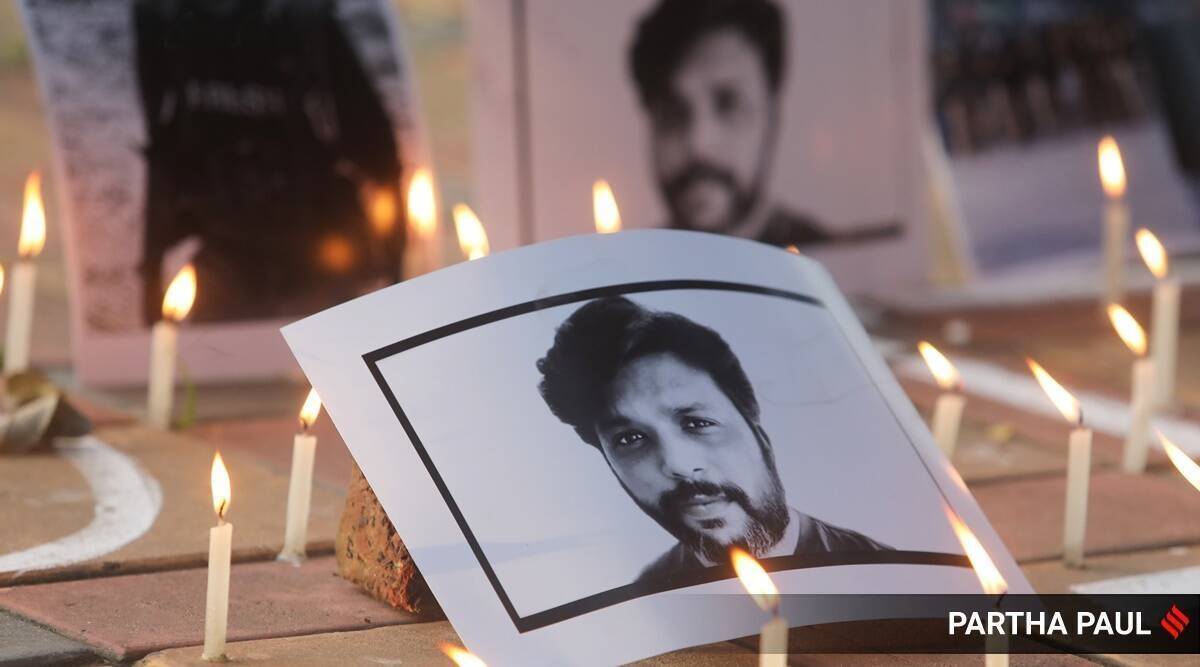Brutal taliban ...

 indianexpress.com
indianexpress.com

Danish Siddiqui’s body mutilated, had multiple bullet wounds, tyre marks
One Indian official said the body had nearly a dozen bullet wounds and that there were tyre marks on Siddiqui’s face and chest.
The body of Danish Siddiqui, a Pulitzer Prize-winning Reuters photojournalist who was killed in Afghanistan on July 16, was badly mutilated while in the custody of the Taliban, officials said this week.
An Indian national, the 38-year-old Siddiqui was killed on the morning of July 16, when Afghan commandos he had accompanied to Spin Boldak, a border district recently captured by the Taliban, were ambushed. Initial photographs from the scene showed Siddiqui’s body with multiple wounds but fully intact.
But by that evening, when the body was handed over to the Red Cross and transferred to a hospital in the southern city of Kandahar, it had been badly mutilated, according to two Indian officials and two Afghan health officials there.
The New York Times reviewed multiple photographs, some provided by Indian officials and others taken by Afghan health workers at the hospital, that showed Siddiqui’s body had been mutilated. One Indian official said the body had nearly a dozen bullet wounds and that there were tyre marks on Siddiqui’s face and chest.
One of the health officials in Kandahar said the body, along with Siddiqui’s press vest, reached the city’s main hospital around 8 pm on the day he was killed. His face was unrecognisable, said the official, who added that he could not determine exactly what had been done to the body.
There are conflicting reports about what happened on July 16, as the Afghan special forces with whom Siddiqui was travelling tried to retake Spin Boldak.
Accounts from local officials, as well as Taliban members, suggest that Siddiqui and the Afghan unit’s commander were killed in a crossfire when their convoy was ambushed from multiple directions. Their bodies were left on the battlefield as the rest of the unit retreated, according to this version of events.
Some news outlets reported that Siddiqui might have been captured alive by the Taliban and then executed. Those reports could not be confirmed. One Indian official, however, said that some of Siddiqui’s wounds appeared to be from gunshots at close range.
A Taliban spokesman, Zabihullah Mujahid, denied any wrongdoing on the part of the insurgents, saying they were under orders to treat bodies with respect and to hand them over to local elders or the Red Cross. But the Taliban were in control of the area at the time, and some photographs showed what appeared to be the group’s fighters standing around Siddiqui’s body, which was then intact.
The revelation comes amid concern that the fighting in Afghanistan has become increasingly brutal as peace talks have stalled.


